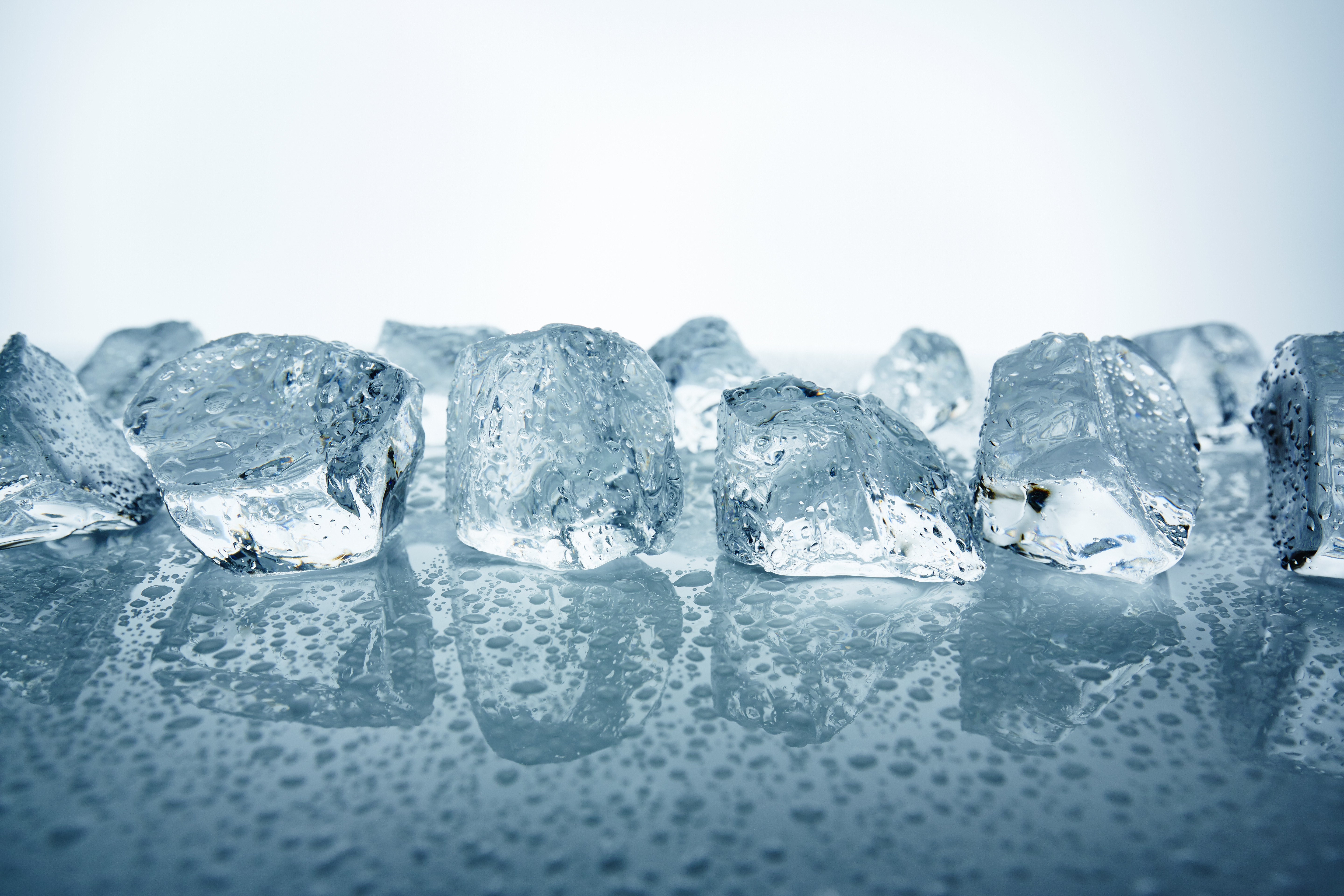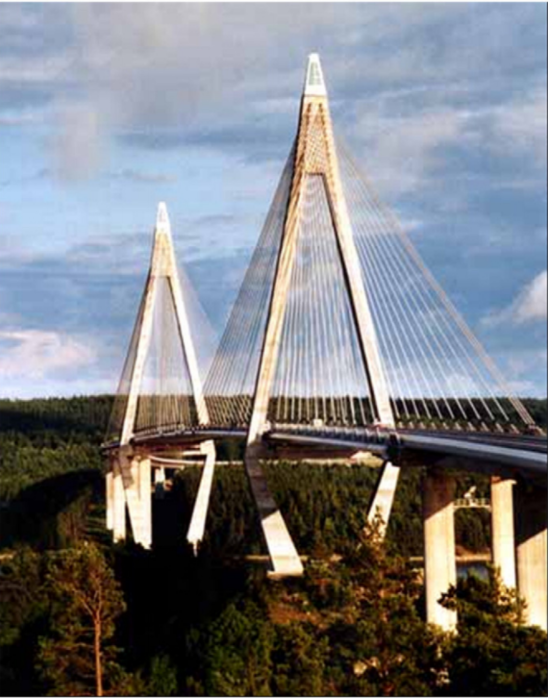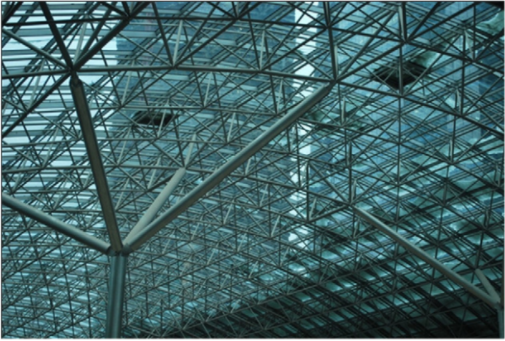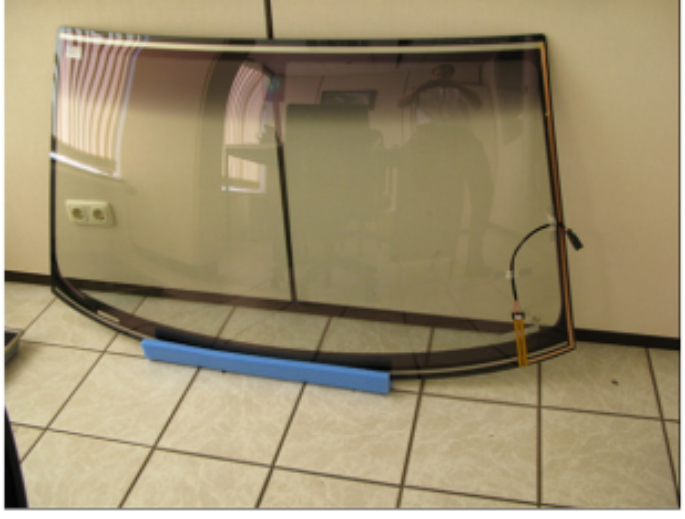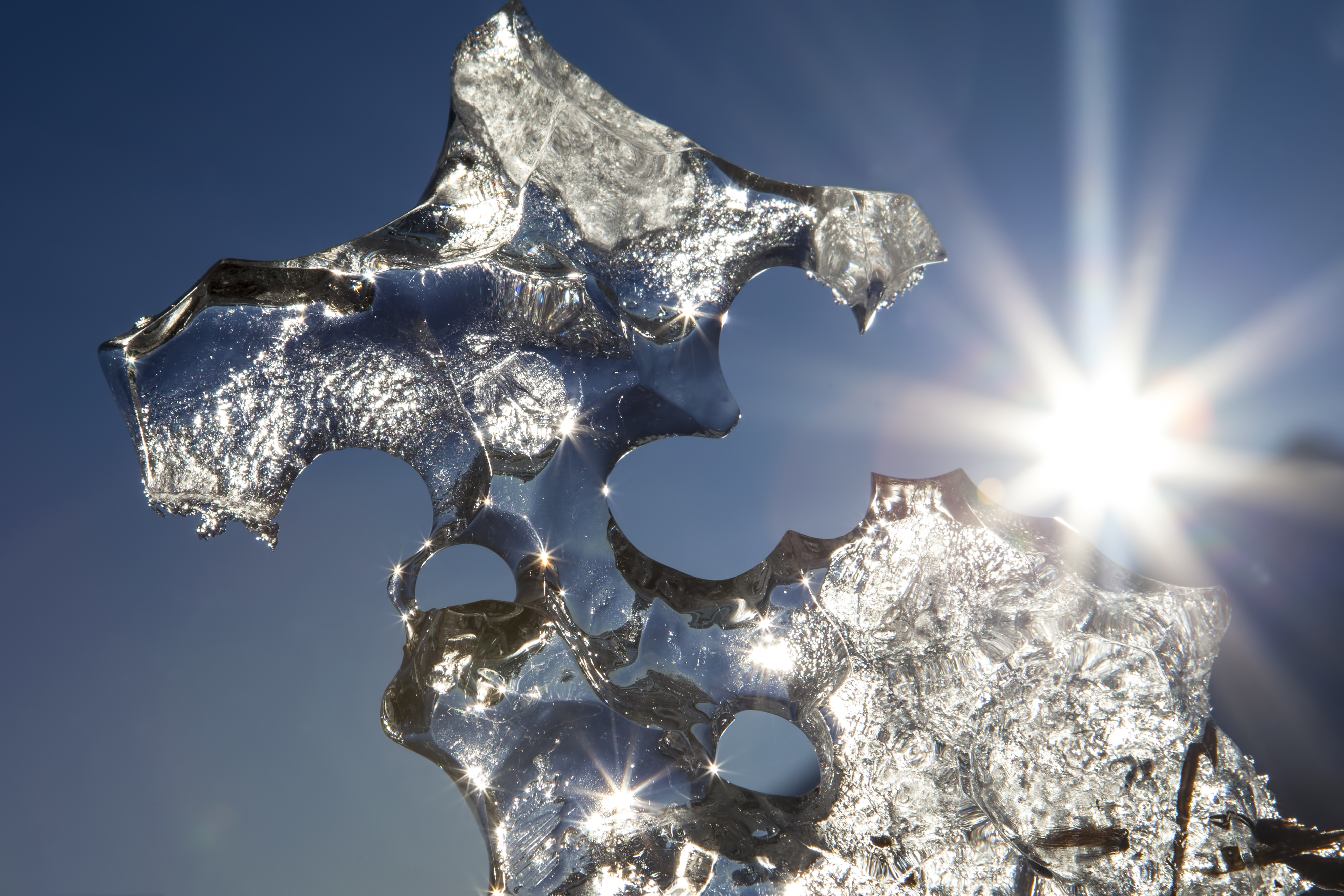De-icing is a process in which interfacial ice attached to an engineering structure is either broken or melted. Some sort of external force (gravity, wind-drag) then removes the ice from the surface of the structure. Mechanical deicers take less energy, but they don’t clean structures well leaving significant amounts of ice. They also may damage structures and accelerate ware. Thermal de-icing does the job well, but it takes too much electric (or other) energy. We have invented, developed and tested a new de-icing method, which significantly (sometimes in one hundred times) reduces the energy needed for deicing. In doing so, we mimic “an ideal” thermal deicer that takes an absolute minimum amount of energy. The ideal deicer should melt only a very thin layer of interfacial ice, leaving the temperature of the environment unchanged. But because in conventional deicers a heater is thermally connected to ice, to a protected structure, and to outside environment, large heat losses are inevitable. In a typical deicer the losses exceed by orders of magnitude the amount of “useful” heat that is used to melt interfacial ice.
A pulse deicer cuts these heat-drainage mechanisms by heating only a very thing interfacial layer during a very short pulse of 10 ms to 10 s long. Because of the short heating time, the heat does not propagate in the environment. Instead, it warms only an interfacial layer of ice increasing its temperature just above the ice melting point. The ice then slides off on the liquid film. The pulse deicer was successfully tested for de-icing airplanes, car windshields, bridge over-structures, metal walls, metal cables, glass roofs, etc. The deicer demonstrated almost instant action in combination with saving up to 99% of electric energy in comparison with conventional heaters.

